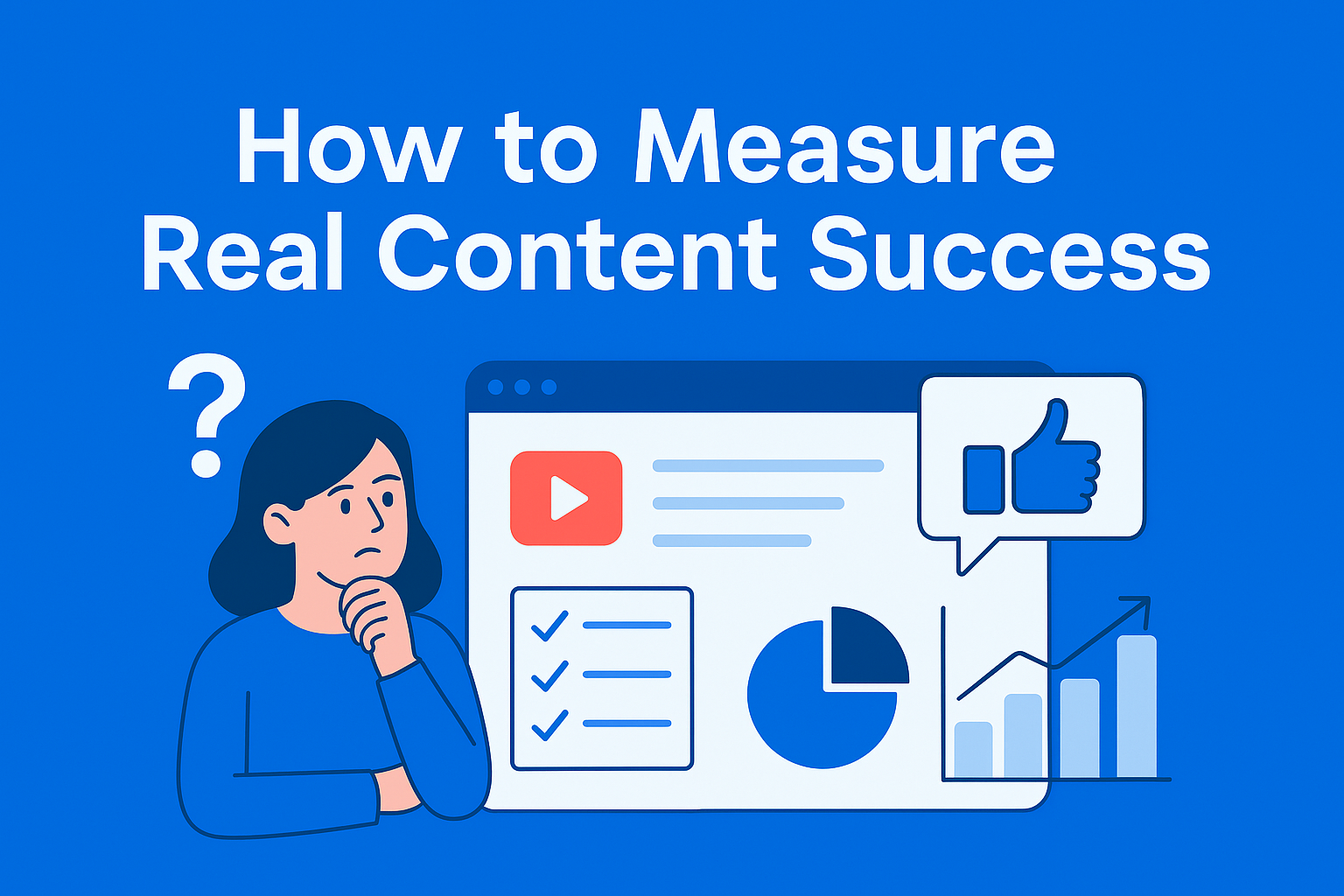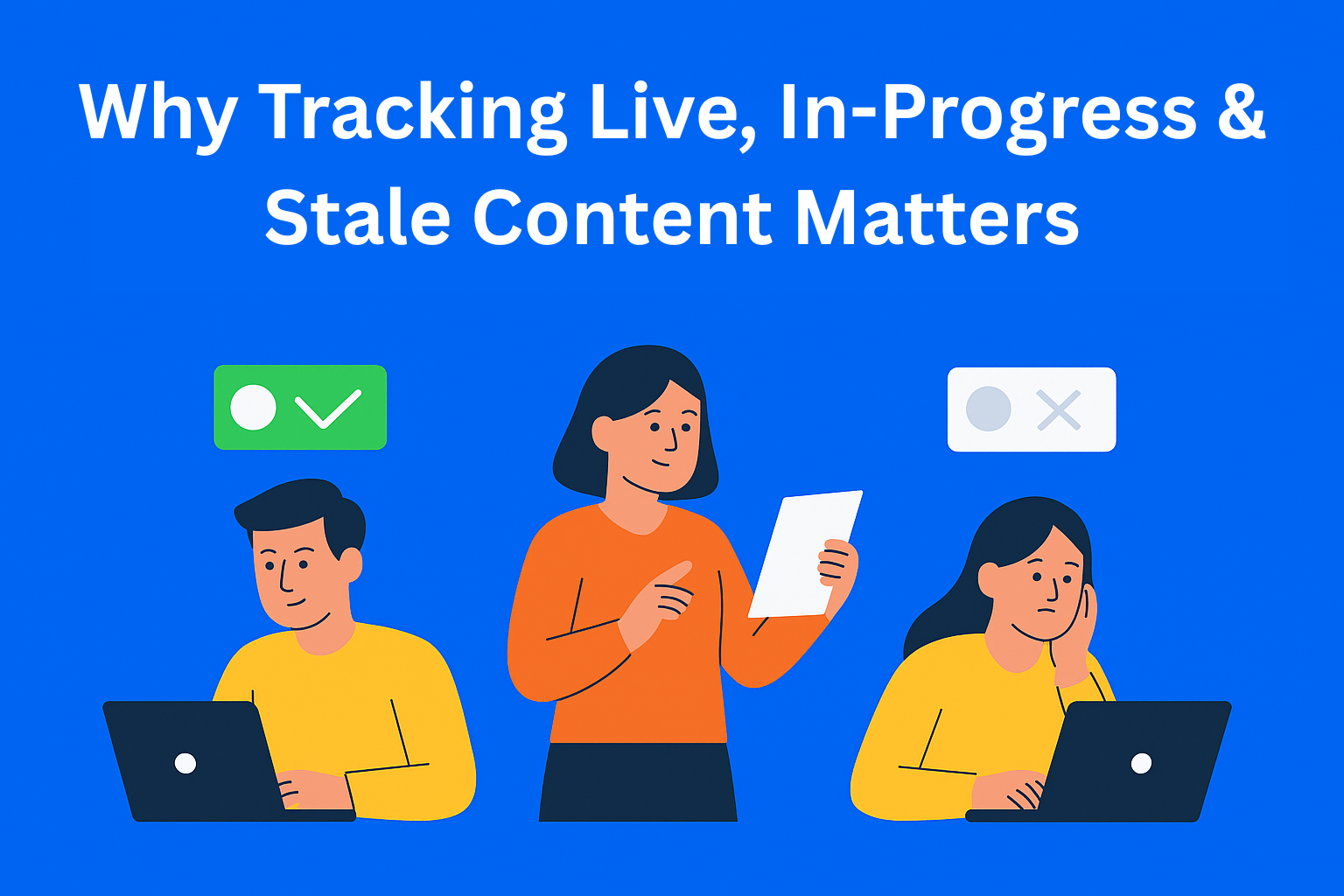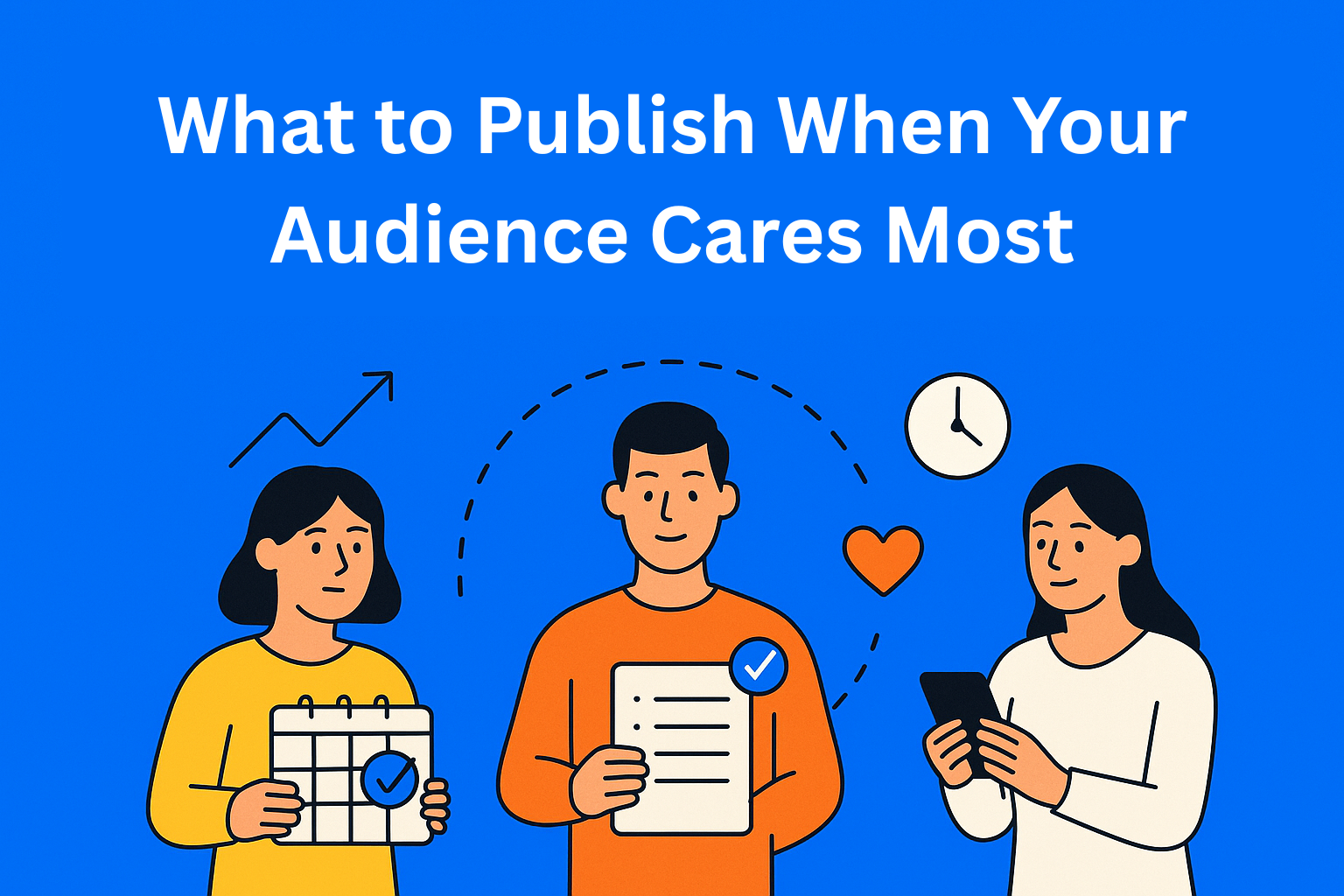When Analytics Mislead: How to Measure Real Content Success
Analytics can be misleading. High pageviews don’t always mean content success. Learn how to track real results - like engagement, conversions, and lead quality - and why chasing numbers might hurt your strategy more than help.

Imagine publishing a blog post that gets thousands of views in just a few days. On paper, it looks great. All the metrics are going up: number of visits, time spent on the page, low bounce rate... But days later, you realize you didn’t get a single new lead, not one contact, not even a question. Everything seems great, but nothing really happened. Well, that’s the moment when analytics can trick you.
In today’s digital marketing world, it’s easy to fall into the trap of looking at the wrong numbers. Although tools like Google Analytics give us tons of data, not every number is equally useful. In this text, we’ll break down why analytics can sometimes be misleading and what you really need to measure to know if your content is actually doing its job.
Key Takeaways
- High traffic and engagement metrics don’t always translate to real business value.
- Vanity metrics like pageviews and bounce rate can be misleading without context.
- Define success before publishing-know what action you want your content to drive.
- Focus on deeper metrics: engagement quality, return visits, lead quality, and conversions.
- Spam, bots, and clickbait can inflate your numbers without bringing results.
- Always align content goals with your overall business strategy and user intent.
- Use analytics to inform, not flatter-true insight requires critical thinking and context.
- Set clear goals, align cross-functional teams, and track full-funnel performance.
- The ultimate metric of success? Actual impact-not just pretty numbers.
Classic Metrics: Good for the Ego, Bad for Decisions
Let’s start with the basic metrics we all love to look at:
- Pageviews: Sure, it’s nice to see five thousand views on a blog post. But... do those people mean anything to you? Are they relevant to your business? If they’re just curious visitors who’ll never come back - the number itself isn’t worth much.
- Bounce rate: A low bounce rate often seems like a good sign - like people are staying on the site longer. But that can be misleading. For example, if another article opens automatically and the user immediately closes the page, analytics will show that the person stayed, even though that’s not true.
- Time on page: You might have an average time of 3 minutes, but if someone opens the page and goes to make coffee, that counts too.
- CTR (Click-Through Rate): You can boost it with clickbait titles, but a disappointed user won’t bring you anything useful.
None of this means these metrics are useless. On the contrary - they’re useful when you know the context and track them along with other data.
When Numbers Trick You: Misinterpreting Analytics
This is where we get to the heart of the problem. Many companies make the mistake of looking at analytics in a vacuum. Let’s say your traffic jumps by 200%. Great? Maybe. Or maybe you just hit on a viral topic that has nothing to do with your target audience.
Just because numbers go up doesn’t mean the value you bring to users or the company is increasing.
Another example of when numbers can be misleading is bots and spam traffic. For instance, your site might look like it has a high number of visits, but it’s actually fake traffic generated by bots - so no real person is reading your content. The same goes for A/B tests: one headline version might have a higher CTR because it attracts more clicks, but when people open the page and realize it’s not what they expected, they immediately leave. That means you attracted them but didn’t keep them - which is a sign that something’s off in the content quality.
Real Content Goals: What Does "Success" Mean
Before you even start measuring success, you need to know what you’re measuring. If you don’t know where you’re going, how will you know you’ve arrived?
Some real content goals can be:
- Building brand awareness
- Generating qualified leads
- User education (e.g., to reduce the load on the support team)
- Ranking on Google (SEO goals)
Successful content isn’t always the one with the most clicks. Sometimes it’s the one that brings three solid contacts who turn into customers. That’s why goals need to align with business strategy - not just chase "nice numbers."
What You Really Need to Measure
Here are some metrics that tell you more about the real quality of content:
- Engagement depth: How many comments? How often is the content shared?
- Return visits: If users are coming back - that means something.
- Lead quality: You don’t need 1,000 newsletter signups if none of them ever engage again.
- Conversions: The most important metric - is the user doing what you want? (purchase, demo, signup...)
- Sentiment: Not the number of likes, but the tone and quality of reactions.
How to Set a Smart Measurement Strategy
If you want to know whether your content makes sense, you need:
- Clear goals - not vague ones like "more visits," but specific ones (e.g., 10 new qualified leads per month).
- An aligned team - content, marketing, and sales need to work together.
- Tracking the content funnel: from grabbing attention, through education, to conversion.
- Feedback analysis: track long-term impact - backlinks, SEO position growth, user retention.
All of this seems like a lot of work - and it is - but that’s exactly where you can save time by using the right tools. EasyContent, for example, lets you plan, write, approve, and track content all in one system - no chaos with ten tabs and five different apps.
Conclusion: Don’t Chase Numbers - Chase Meaning
In the age of metrics, it’s easy to lose sight of what really matters. Pageviews, time on page, even CTR can be useful, but without the bigger picture, they can lead you down the wrong path.
So ask yourself this: Is my content helping users? Is it bringing value to my business? If the answer is "I don’t know" - it’s time to rethink how you measure success.
And remember - analytics isn’t there to impress you, but to inform you. Real insight starts when you stop just looking at the surface and start digging deeper.
In the end, the real metric of success is - results. Not a number that just looks nice in a report.






